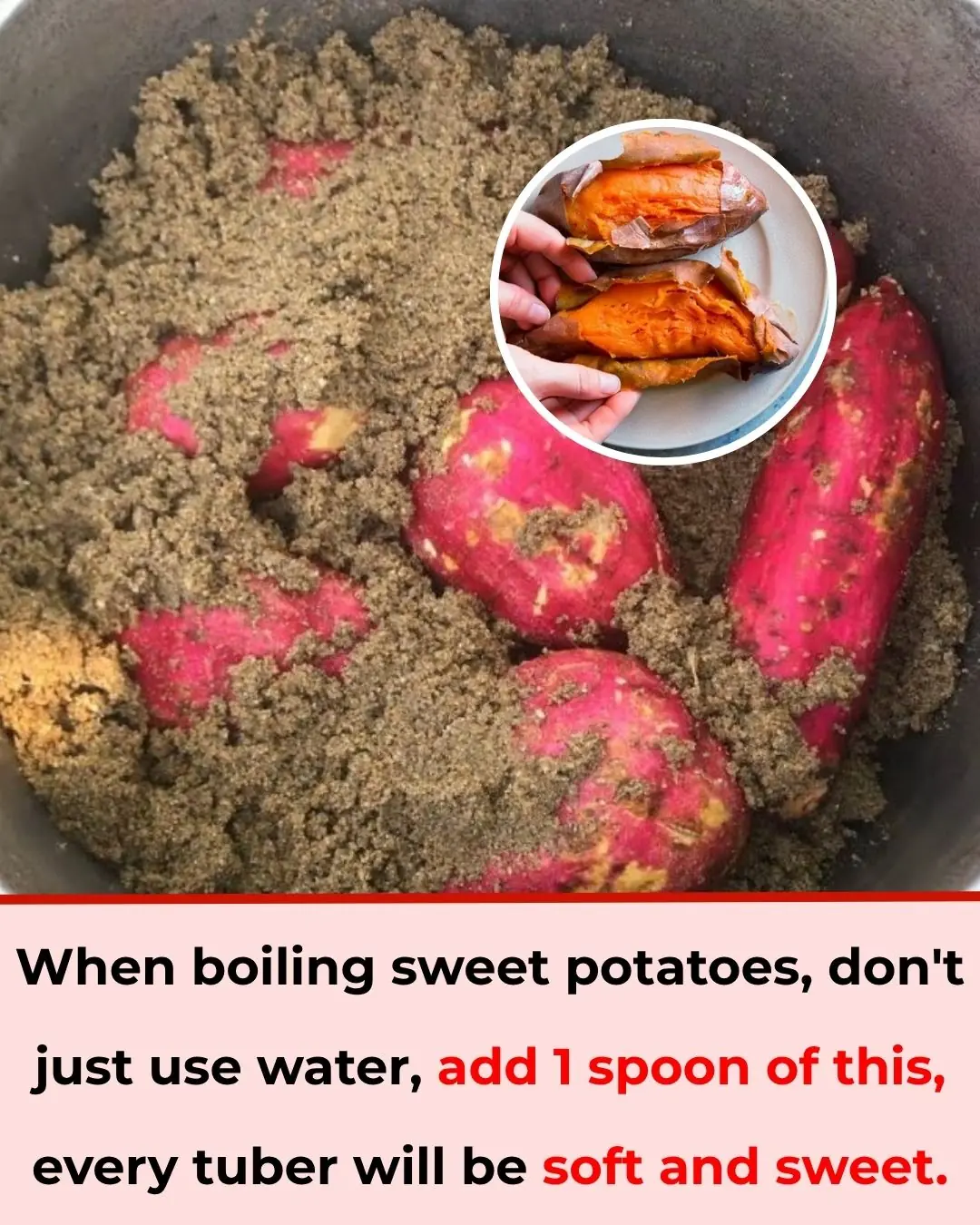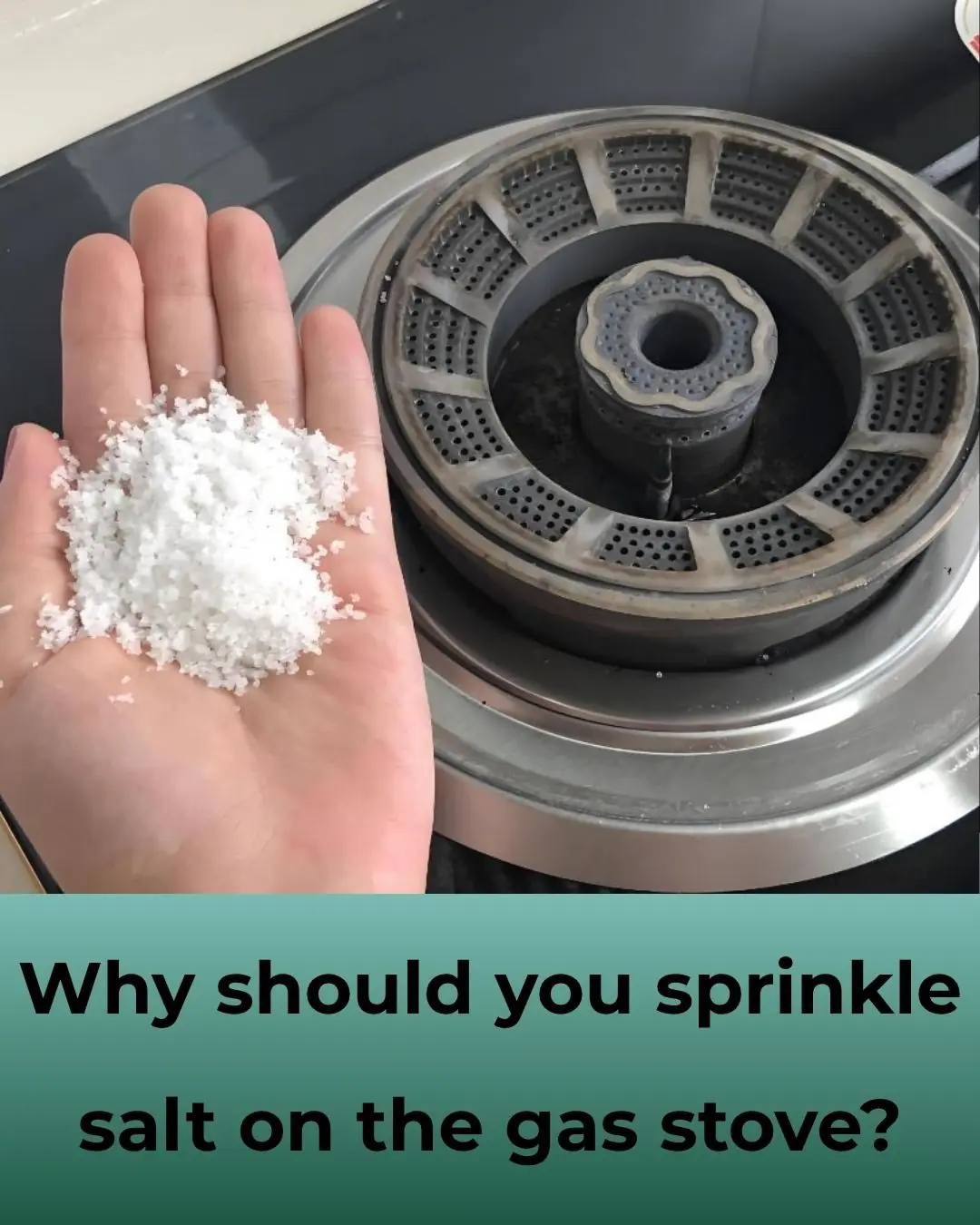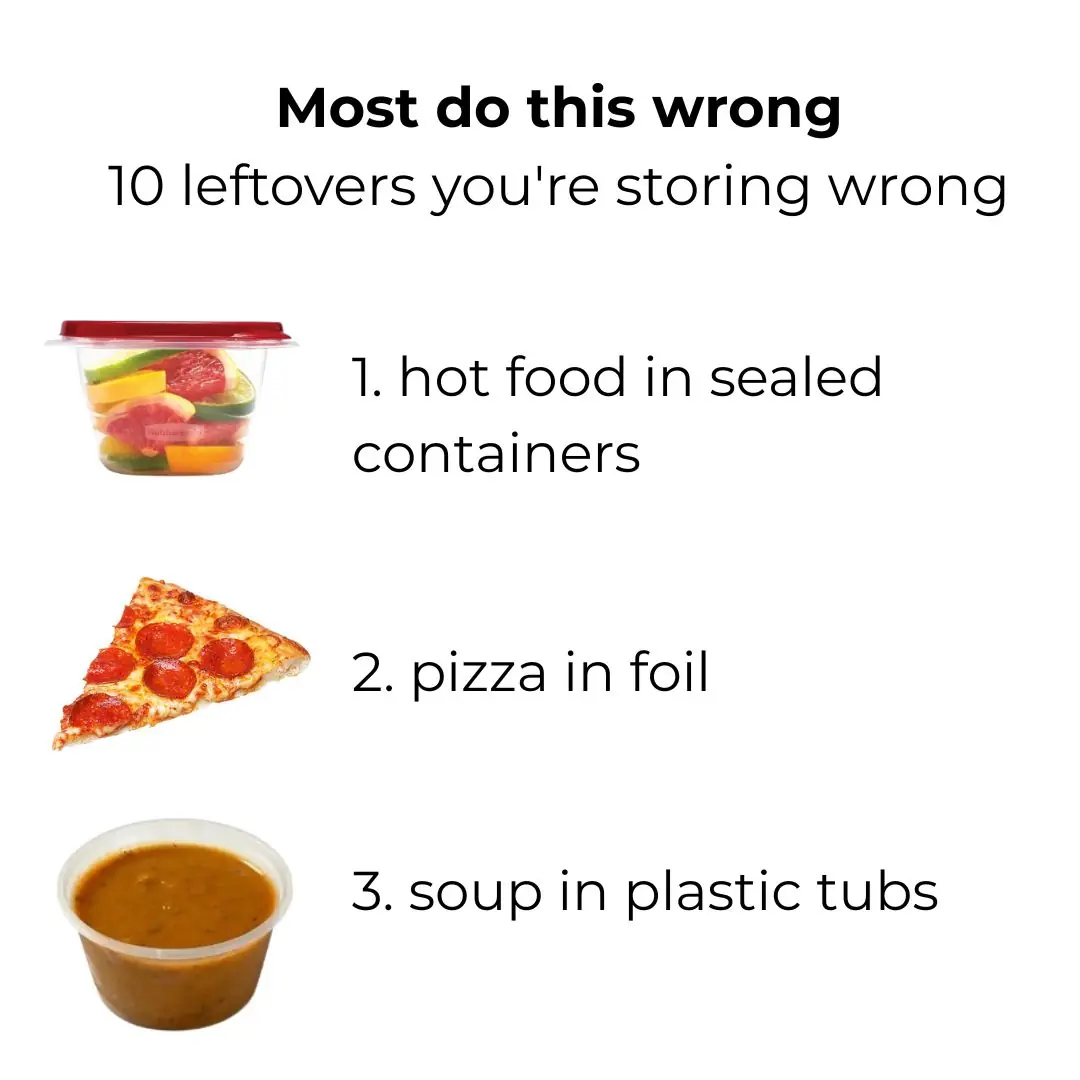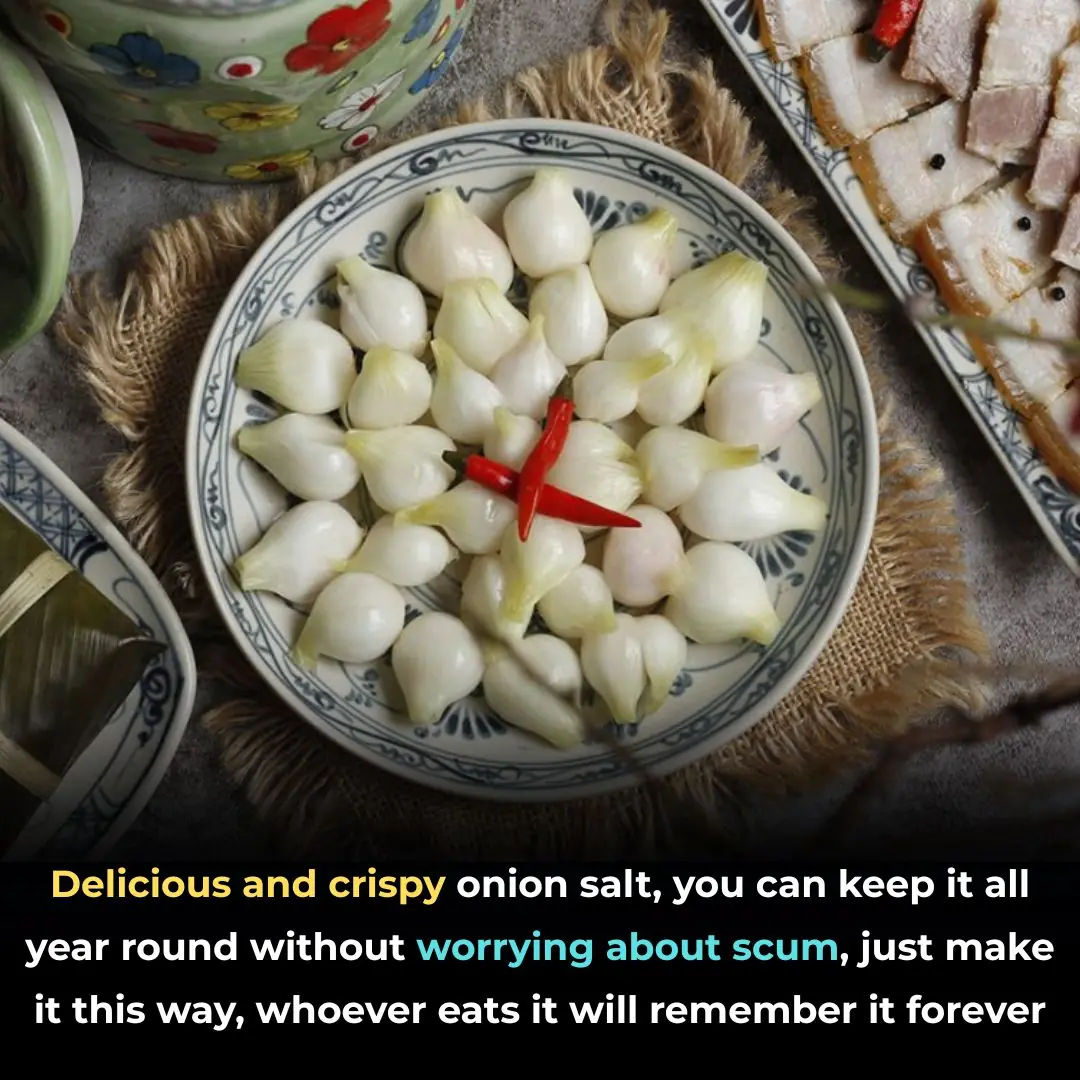
2 wrong ways to defrost meat, not good for health, but most people make the same mistake

The Wrong Way to Thaw Meat Could Make You Sick — Here’s How to Do It Safely
Thawing frozen meat incorrectly doesn’t just reduce its flavor and texture — it can also expose you and your family to harmful bacteria that cause foodborne illnesses. Many people still make the same two common mistakes when defrosting meat at home, putting their health at risk without realizing it.
❌ Two Common Mistakes When Thawing Meat
1. Thawing Meat at Room Temperature
According to nutrition and food safety experts, meat should never be thawed at room temperature for more than two hours. When frozen meat begins to thaw, its surface temperature quickly rises, creating the perfect breeding ground for bacteria.
Harmful microorganisms such as Staphylococcus aureus, Salmonella, Campylobacter, and E. coli can multiply rapidly in the so-called “danger zone” between 4°C and 60°C (40°F–140°F).
Within just 20 minutes in this temperature range, the number of bacteria can double, significantly increasing the risk of food poisoning. Even if you cook the meat afterward, some bacterial toxins may remain, which cannot be destroyed by heat.
2. Thawing Meat in Hot Water
Another unsafe method is thawing meat in hot water. While this may seem quick and convenient, it is actually one of the most dangerous ways to defrost meat. The outer layer of the meat thaws rapidly and warms up into the danger zone, while the inside remains frozen solid.
This uneven temperature encourages bacteria to grow on the surface before the inner parts are even thawed. Moreover, the texture of the meat can deteriorate, becoming mushy or partially cooked on the outside before proper cooking even begins.
✅ The Right Way to Thaw Meat Safely and Effectively
1. Thawing in the Refrigerator
This is the safest and most reliable method. Simply move the meat from the freezer to the refrigerator and let it thaw slowly overnight.
Although it takes time, this method keeps the meat at a consistent, safe temperature, preserving its natural flavor and texture. Depending on the size of the cut, thawing can take anywhere from 8 to 24 hours, so plan ahead.
Tip: Always place the meat in a container or on a plate to catch any drips, preventing cross-contamination with other foods in your fridge.
2. Thawing in the Microwave
Microwave thawing is fast and convenient, especially for smaller cuts of meat. Most modern microwaves have a “defrost” setting that controls temperature automatically.
However, once the meat is thawed, it should be cooked immediately. Never refreeze meat after microwave defrosting — bacteria multiply extremely fast once the surface temperature increases. Refreezing can also damage the texture and flavor, making the meat dry or rubbery after cooking.
Pro tip: Rotate or flip the meat occasionally during microwave thawing to ensure even defrosting and avoid partially cooked spots.
3. Thawing in Cold Water
Thawing in cold water is a safe and fairly quick alternative to refrigerator thawing. Place the meat in a leak-proof plastic bag to prevent water from seeping in, then submerge it completely in a bowl or sink filled with cold water.
Change the water every 30 minutes to keep it cold. This method usually thaws small packages of meat in 1 to 2 hours, while larger cuts may take a bit longer. It’s much faster than fridge thawing yet still safe if done correctly.
Avoid using warm or hot water — doing so can instantly push the outer layer of the meat into the bacterial danger zone.
⚠️ Additional Safety Tips
-
Never thaw meat on the counter overnight. Even if it still feels cold in the morning, bacteria could have already multiplied to dangerous levels.
-
Cook thawed meat promptly. Once thawed, store it in the refrigerator and cook it within 1–2 days.
-
Label and portion meat before freezing. This helps you defrost only what you need, reducing waste and the temptation to refreeze.
-
Clean all surfaces and utensils that come into contact with raw meat to avoid cross-contamination.
✅ Final Thoughts
Properly thawing meat may take a little extra time, but it’s an essential step for ensuring food safety and maintaining the best flavor and texture. By avoiding common mistakes and following safe thawing practices, you can protect your family’s health and make your meals taste even better.
News in the same category


Stir-fried beef is tough: Add these 3 steps, the meat will be softer, sweeter, and tastier than in restaurants

Using Hot Water to Clean a Greasy Pan Sounds Smart — But It’s Actually Doing More Harm Than Good

Why seniors should keep their socks on even at home

Why You Should Sprinkle Salt on Your Gas Stove — The Surprising Cleaning Hack That Works Wonders

10 fridge habits you’re doing wrong

Stop throwing out old hoses. Here are 10 brilliant hacks to use them around the house

You’re doing it all wrong. Here’s the right way to clean air vents

My nana taught me this hack to get rid of lawn burn from dog pee in 5 mins with 0 work. Here’s how it works

You're doing it all wrong. Here’s the right way to store milk and dairy

You are doing it all wrong. Here's the right way to clean mirrors

Most do this wrong. 10 leftovers you’re storing wrong

Delicious and crispy onion salt, you can keep it all year round without worrying about scum, just make it this way, whoever eats it will remember it forever

You are doing it all wrong. Here's the right way to store cleaning supplies

My nana taught me this hack to whiten yellow pillows in 5 mins with 0 work. Here’s how it works

If you see this plant, you are sitting on gold and don't even know it.

The truth about eating green papaya and ripe papaya is a secret that few people know

The 'green miracle' fruit that fights cancer and treats diabetes but is overlooked by many: Sold widely in Vietnamese markets

How to wash and condition hair with rice water to reduce hair loss and continuously promote new hair growth

4 dishes using hairleaf herb to effectively treat stomach pain
News Post

Top 5 Natural Remedies to Shrink Enlarged Pores and Achieve Smooth Skin

DIY Onion Sunflower Seed Oil: Get New Hair In Bald Patches

Homemade Carrot Oil for Glowing Skin: A Natural Solution for Dark Spots, Wrinkles & Anti-Aging

Glow Ice: Rice Water Cubes to Shrink Pores and Get Clear, Radiant Skin

The Body’s Intuition: Signs of an Impending End

When boiling sweet potatoes, don't just use water, add 1 spoon of this, every tuber will be soft and sweet

Stir-fried beef is tough: Add these 3 steps, the meat will be softer, sweeter, and tastier than in restaurants

The Shoes You Pick Reveal What Kind of Woman You Are

Dead Butt Syndrome Is Real

Stop This Spider From Entering Your Home

Why We Can’t Sleep Without a Blanket Even on Hot Nights

Using Hot Water to Clean a Greasy Pan Sounds Smart — But It’s Actually Doing More Harm Than Good

Why seniors should keep their socks on even at home

Why You Should Sprinkle Salt on Your Gas Stove — The Surprising Cleaning Hack That Works Wonders

10 fridge habits you’re doing wrong

A 3-Year-Old Girl Bit a Thermometer and Swallowed Mercury: A Mother’s Smart Reaction Saved Her Daughter’s Life and Earned the Doctor’s Praise

5 Signs of Kidney Failure That, If Ignored, Could Lead to a Lifetime of Dialysis

Is Cancer Hereditary? Useful Advice to Prevent the Growth of Cancer Cells

4 types of people who should avoid eating cucumbers
